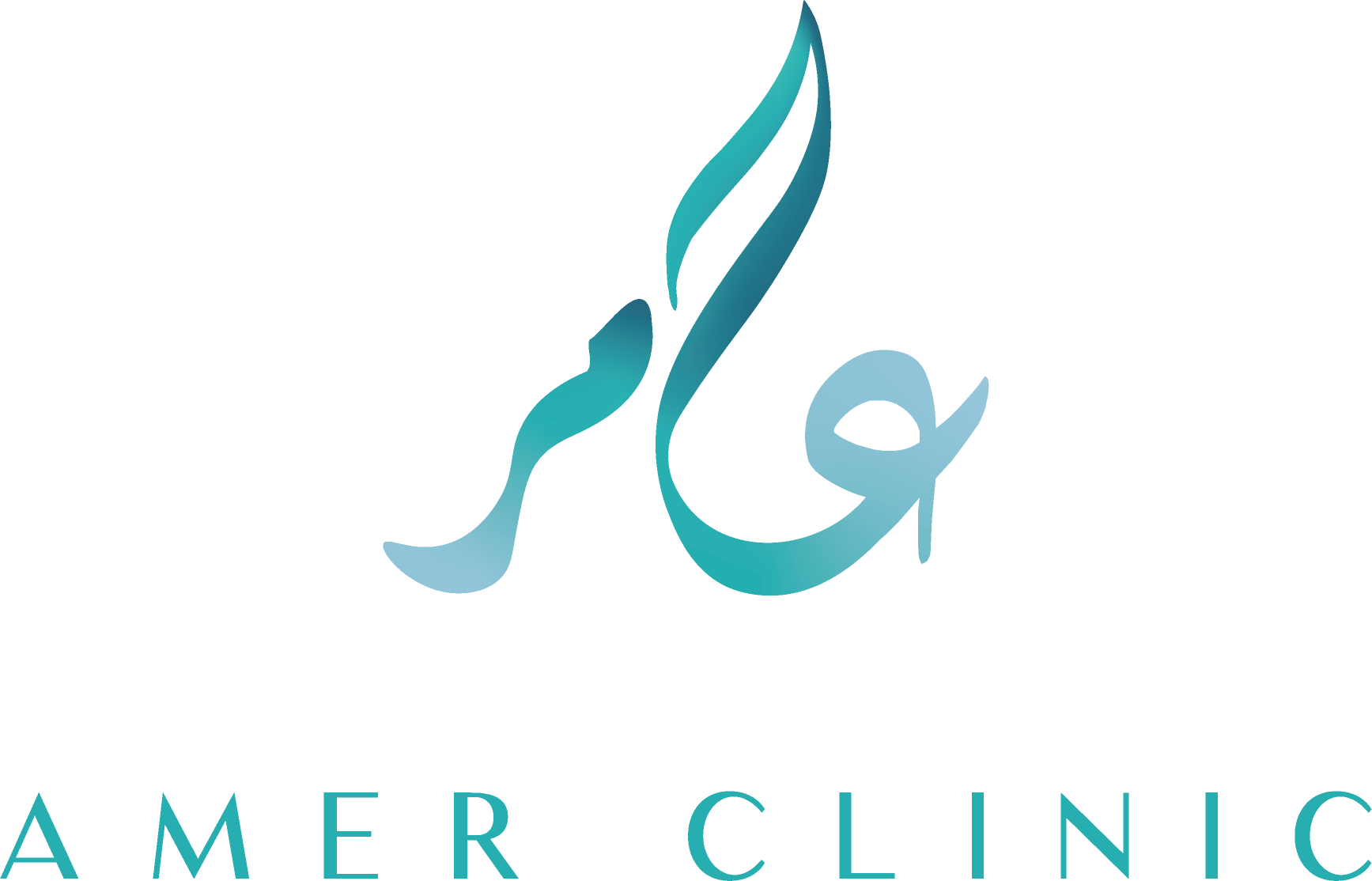Symptoms of Facial Nerve Paralysis
The seventh cranial nerve, or facial nerve, is primarily responsible for controlling the movements of facial muscles. When this nerve is injured, it can lead to paralysis of these muscles, resulting in a range of symptoms that affect various facial functions, either fully or partially, depending on the degree and location of the injury.
Impact of Facial Nerve Paralysis on Facial Functions:
The facial muscles controlled by the facial nerve are divided into groups based on their function and location. Each group experiences different symptoms when the nerve is paralyzed:
-
The Eye: Injury to the facial nerve leads to an inability to fully close the eyelids. This leaves the eye exposed for extended periods, especially during sleep, making it susceptible to dryness. It also increases the risk of recurrent infections, particularly when exposed to dust and dusty environments. In some cases, corneal ulcers can develop, which may eventually lead to permanent vision loss if left untreated.
-
Upper and Lower Lips: Facial nerve paralysis significantly affects the ability to move the lips. One of the most prominent symptoms is the inability to smile, in addition to the mouth deviating towards the healthy side of the face. This clear impact on facial expressions can significantly affect an individual’s ability to communicate and integrate into society. It often leads to the affected person feeling isolated and preferring to avoid social interaction.
Understanding the symptoms of facial nerve paralysis is a crucial first step towards appropriate diagnosis and treatment, which can help alleviate the severity of these symptoms and improve the quality of life for those affected.
